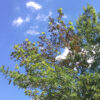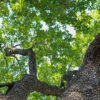How to Protect Your Trees from Borers in the Dallas-Fort Worth Area

Protecting Your Trees from Silent Destroyers
In the Dallas–Fort Worth area, wood-boring insects pose a serious risk to the health and longevity of urban trees. These pests can go undetected until it’s too late—causing irreversible internal damage. At Texas Tree Surgeons, our Certified Arborists are experienced in diagnosing, managing, and preventing borer infestations through proactive and science-based care.
Understanding the Threat of Borers
Borers are insects—most commonly beetles and moth larvae—that burrow into the bark and sapwood of trees. These insects fall into two categories:
- Primary invaders, like the Emerald Ash Borer, attack healthy trees and can be fatal.
- Secondary invaders, including many long-horned beetles and bark beetles, target trees that are already stressed by drought, disease, or poor site conditions.


Borer damage includes:
- Tunneling that disrupts nutrient and water flow
- Girdling of branches or trunks
- Sawdust-like frass at entry points
- Dieback of shoots, branches, or entire canopies
- Visible holes in the bark
Most Common Borers in North Texas
- Emerald Ash Borer (EAB) – Fatal to untreated ash trees
- Red Oak Borer – Targets oaks and maples, girdles bark
- Flat-headed Borers – Common after transplanting or drought stress
- Cottonwood Borer – Affects poplar, willow, and cottonwood
- Twig Girdlers & Pruners – Cause branches to drop during fall
- Peach Tree Borer & Clear-wing Moths – Affect ornamental and fruit trees
Prevention Is the Best Protection
Because most borers are opportunistic, maintaining overall tree health is the most effective defense.
Here’s how we protect trees in North Texas:
- Choose the Right Trees – Native trees like Live Oak and Cedar Elm are better adapted to local stressors and less likely to attract borers.
- Water Wisely – Stress from improper watering is one of the top reasons trees become vulnerable to borers. Use deep, infrequent watering and consider drip irrigation to support root health without overwatering.
- Prune Strategically – Remove dead, broken, or diseased limbs where borers often lay eggs. Prune during cooler months when pests are less active (avoid pruning oaks from Feb–Jun to prevent Oak Wilt).
- Apply Mulch – A 2–4 inch layer of mulch conserves moisture and insulates roots—but keep it away from the trunk to prevent bark rot.
- Monitor for Signs – Check regularly for frass, sap leakage, wilting branches, and exit holes. If caught early, damage can often be mitigated.
Managing Existing Infestations
Once a tree is infested, treatment options become more limited:
- Trunk or soil injections may help in select cases (e.g., EAB in ash trees)
- Topical insecticides applied to bark can prevent new attacks but don’t reach larvae inside the wood
- Biological controls like parasitic wasps may help in integrated pest plans
- Manual removal of larvae from infested wood may be possible with early detection
- Note: Systemic insecticides are often ineffective for wood borers, and trunk injections can sometimes cause more damage than benefit.
When to Call the Pros
Urban trees face compounded stress from compacted soil, heat islands, and drought—making regular arborist care essential. A Certified Arborist from Texas Tree Surgeons can assess your tree’s health, identify early signs of borers, and implement tailored solutions.If you have ash trees, Emerald Ash Borer (EAB) is a growing concern in North Texas. Without preventative treatment, all untreated ash trees will die within 2–5 years.
Don’t Wait for Damage to Show
By the time external symptoms appear, internal damage from borers is often advanced. That’s why prevention, routine monitoring, and stress management are critical. We offer year-round Tree Health Care programs that include:
- Tree risk assessments
- Custom fertilization and soil care
- Pest and disease monitoring
- Strategic pruning and watering plans
Concerned About Borers in Your Trees?
Schedule a consultation with a Texas Tree Surgeons Certified Arborist today. Let’s build a long-term care plan to keep your trees strong, beautiful, and pest-free.

At Texas Tree Surgeons we love trees. There are times when expert intervention is necessary to tackle a serious borer problem. Knowing when to reach out for professional help can save your trees and give you peace of mind. Trained certified arborists have the tools and knowledge to protect your trees effectively.
Tree Health Care
View Photos of our ISA Certified Arborists & Tree Health Care Technicians Providing Consultation and Care

PREVENTATIVE EAB TREATMENT
If there is EAB activity within a few miles of where you live or property you manage we recommend preventative systemic insecticide treatment applied by a licensed TDA tree health care technician. EAB treatment lasts for 2 years and must be applied regularly to protect ash trees from infection.

OAK WILT TREATMENT
As oak wilt is a systemic, vascular disease, the most effective treatments consist of injecting the infected trees with a fungicidal chemical. The only currently recommended fungicide is Alamo®, a formulation of the fungicide propiconazole. The fungicide is administered through holes drilled in the root flare of the infected tree and should only be applied by Texas Department of Agriculture Licensed Applicators.

STRESSED MAGNOLIA | AFTER
This after photo was taken June 27, 2024 of a magnolia tree after receiving multiple interventions to improve its health. In addition to a tree health care plan of a deep root fertilization with Biopack plus and Sea3 applied by our TDA licensed technician the owner also fixed the irrigation and cleared the root flare. The difference in health is beautiful.

FERTILIZATION
Our Tree Health Care Programs are designed to deliver the right nutrients at the right times throughout the year. We use the highest quality soil conditioners and fertilizers that are delivered at critical points throughout the seasons to optimize the growth and health of trees.

DEEP ROOT INJECTION SERVICES
At Texas Tree Surgeons our deep root injection services provides fertilization deep into the soil. Our unique mixtures combine macro- and micro-nutrients, root growth stimulators, soil conditioners, beneficial biotics (both mycorrhizal fungi and rhizobacteria), and organic materials to cultivate the optimum natural growth environment.

ROOT PRUNING POST AIR SPADING
To correct this improperly planted tree our Tree Health Care Technicians air spade to expose the root flare and to prune away girdling roots. You can learn more about how to properly plant a tree here.

GIRDLING ROOTS
This tree was planted too deep and has several girdling roots (roots that circle the tree and do no flare out) that left unmanaged would eventually kill the tree. After air spading our Tree Health Care Technicians are pruning the roots and adjusting the soil around the tree to expose the root flare to improve tree health.

INSPECTING FOR POSSIBLE DECAY
Sometimes issues with a tree aren't clearly visible on the outside so an arborist will need to inspect the interior. An arborist does this by probing with a small knife to see how extensive the decay in a region of a tree is. Arborists are able to use this information along with other signs to determine if there are potential structural issues or possible increased chances for failure.

MEASURING DBH
The best way to approximate the size of a tree is to measure their dbh, (diameter, breast, height). This enables our arborists to estimate the amount needed for Tree Health Care products or pricing for Tree Removal.
Related Blogs
Similar blogs related to this topic
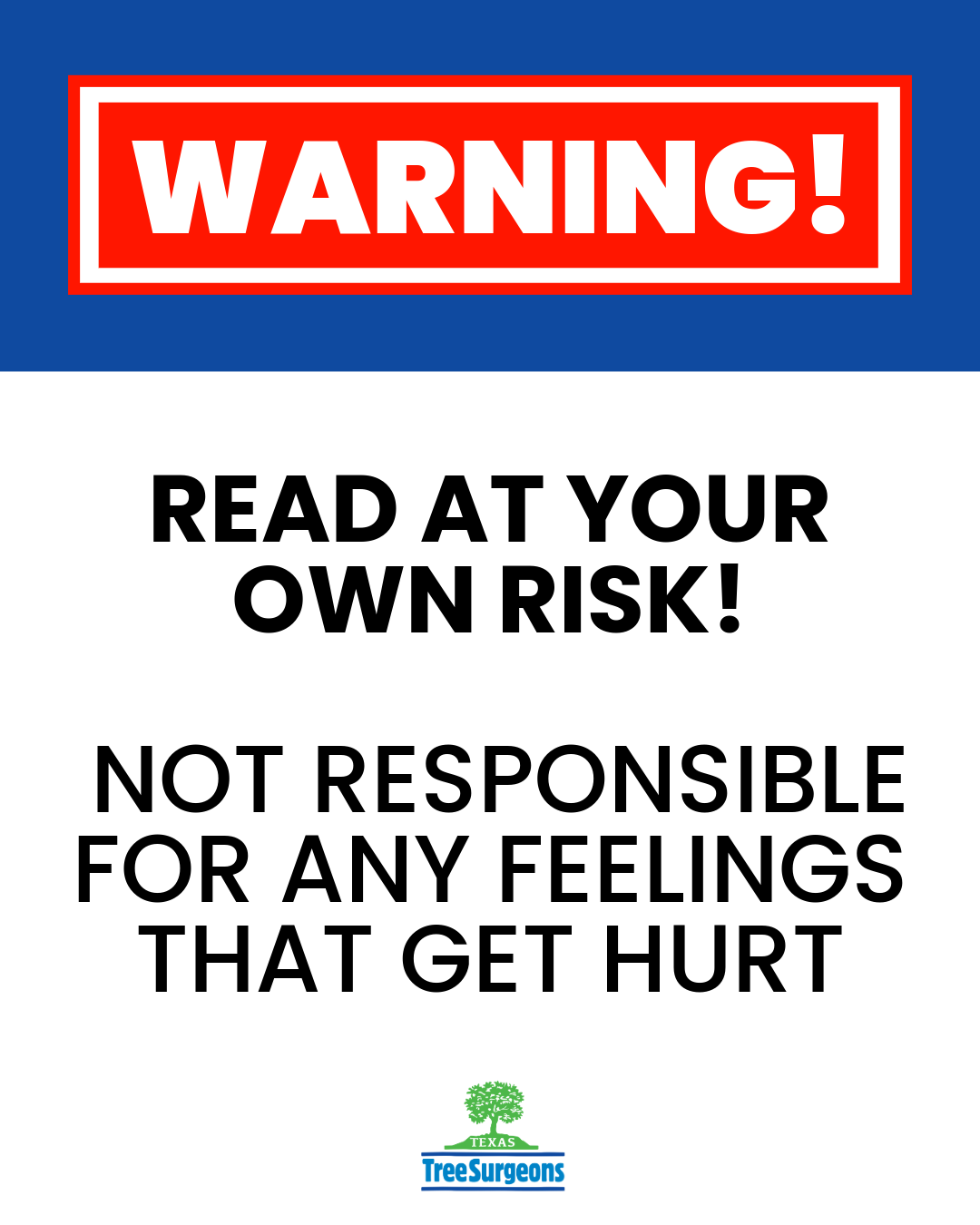
Top 10 Things We'd Tell You as an Arborist if We Weren't Afraid of Hurting Your Feelings
This is a list of tree care worst practices that you, or someone you know may be guilty of. Read the following list at your own risk. You’ve been warned, feelings may get hurt. 1.…
Read more
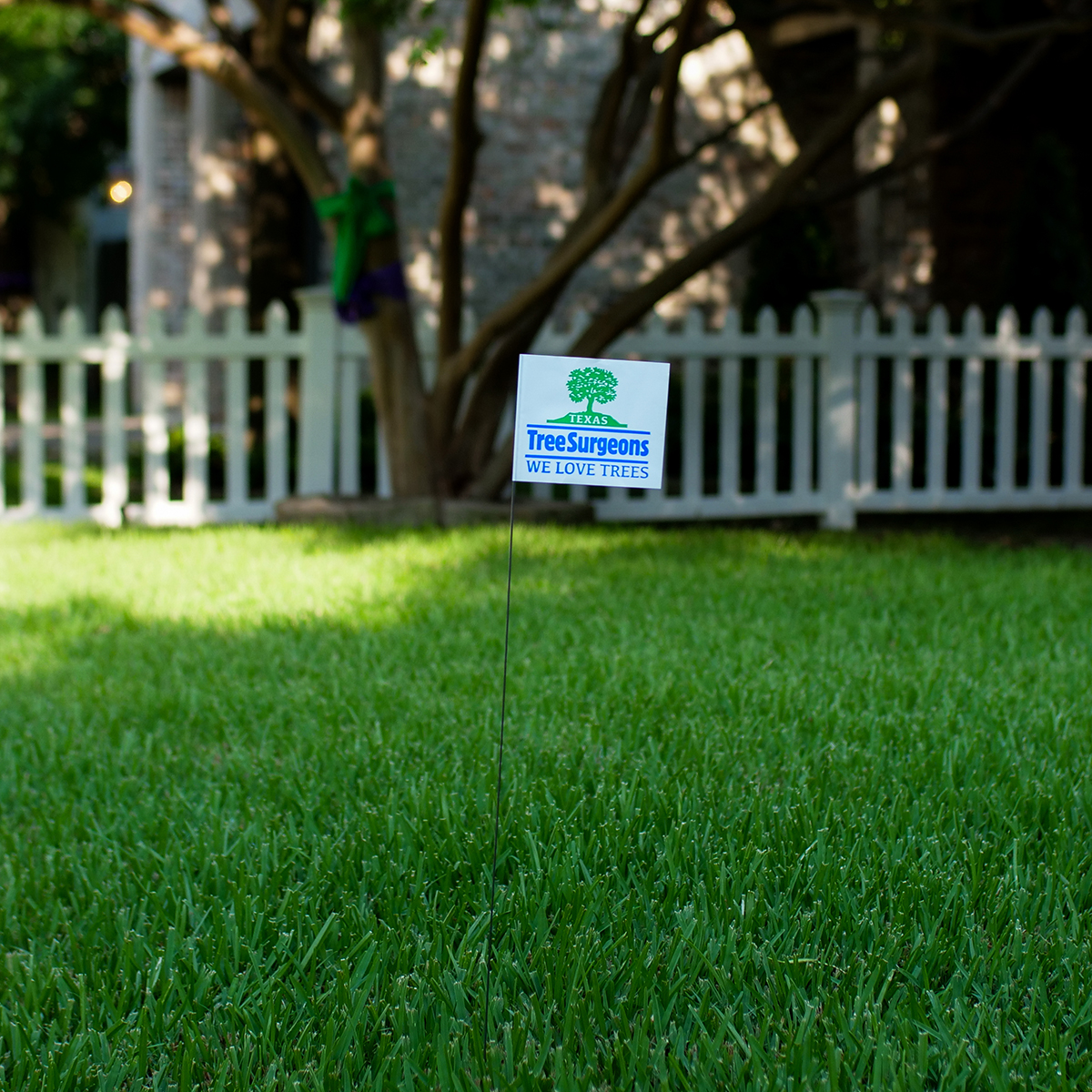
Avoid These Tree Care Mistakes for a Healthy Landscape
Below is a list of overlooked mistakes that could jeopardize the health of your trees. From missteps in pruning to incorrect watering practices, discover how to give your trees the care they deserve. Red oak…
Read more
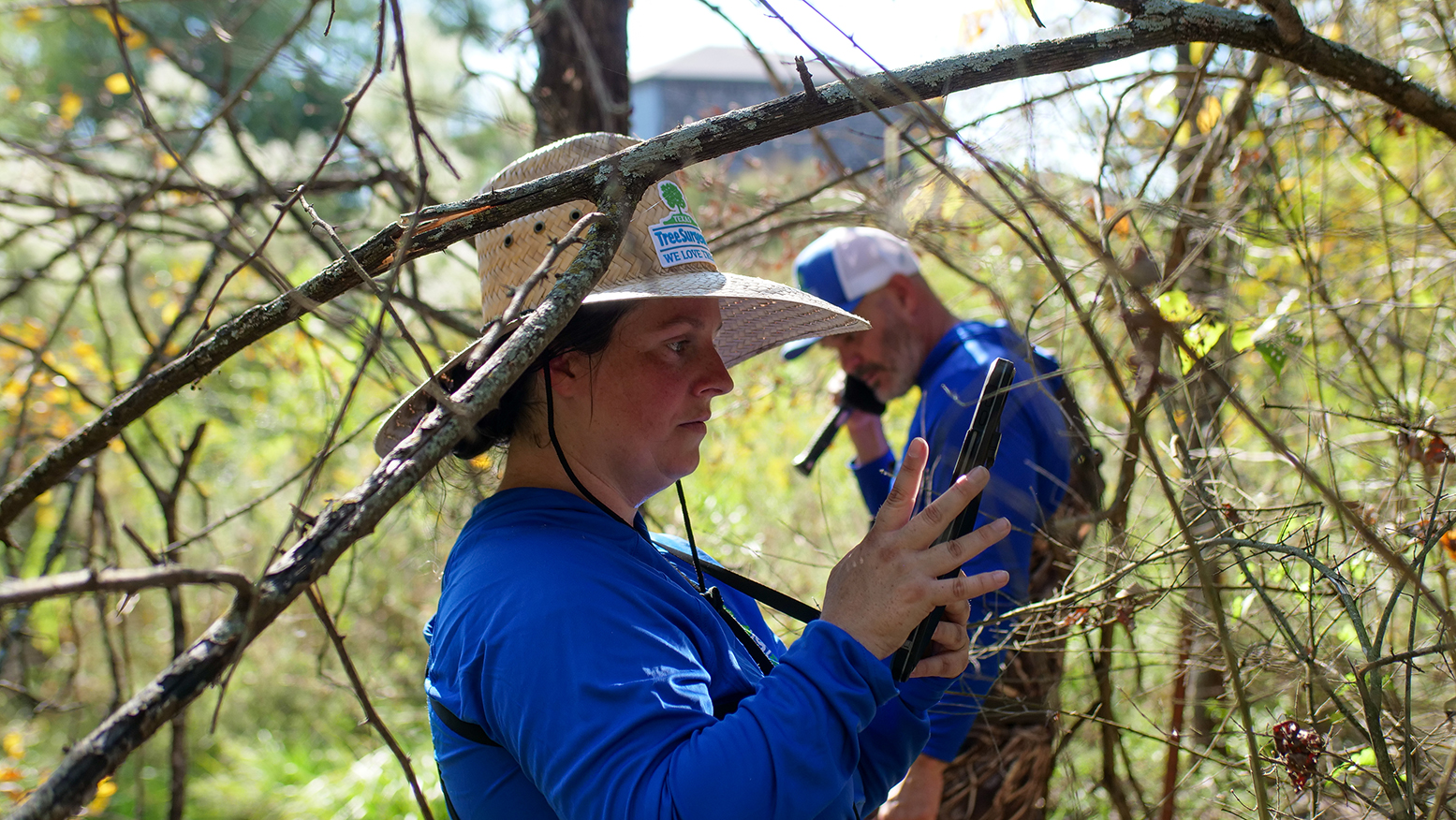
Why do Arborists Recommend Soil Sampling in Urban Areas like Dallas?
Soil sampling is a crucial practice in urban areas like Dallas. It helps arborists make informed decisions about your landscape to ensure a healthy urban ecosystem. Our native soils vary widely—from the dense clays of…
Read more